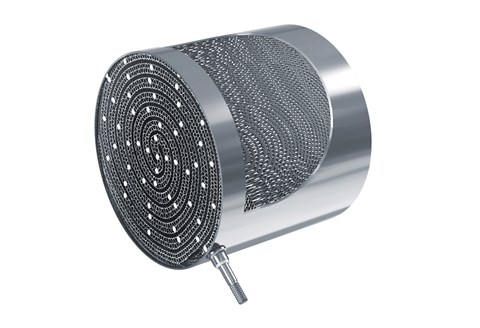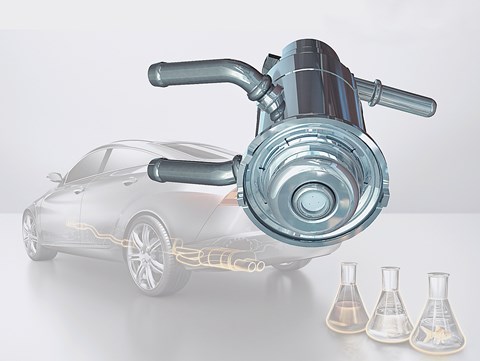► New tech to save diesel?
► Continental’s new oily tech
► Can it cut NOx yet save mpg?
Super-clean diesel – really? Lately we’ve been encouraged to think of diesels as the scourge of our roads, slowly killing us as we breathe their noxious fumes. Well, yes, if you take old diesels that belch clouds of black smoke it would be nonsense to think of them as green.
But engineers at components supplier Continental believe they have cracked the conundrum, developing a 2.0-litre VW Golf Mk7 GTD that emits 60% less NOx along with a 4% improvement in fuel consumption and a subsequent reduction in CO2 compared to a standard car.
‘In other words we have resolved a classic conflict of objectives in diesel engine development,’ says José Avila, president of the powertrain division, ‘showing that a clean diesel engine with emissions well within the legal limits doesn’t have to consume more fuel.’
How to clean up modern diesel engines
This solution combines a suite of systems that are already available. The first step is replacing the standard injection system with Continental’s PCRs5 piezo common-rail injection, operating at up to 2500bar. Combined with dynamic valve timing it is possible to perform multiple, very precisely metered, injections per cycle, with a minute amount of fuel injected after combustion. This is ignited only when it reaches the catalyst, accelerating catalyst warm-up time. This has important implications because the catalyst only begins converting NOx above a certain temperature.

Secondly, a 48V hybrid system based on a belt-driven starter-generator is used. The 15kW electric motor not only allows braking energy to be recuperated and stored as electricity in a small lithium-ion battery but can also assist the internal combustion engine during short, sharp bursts of acceleration, reducing the peaks in NOx that are a feature of diesel engines under sudden, heavy throttle. The 48V system can reduce NOx emissions by a further 3% over and above the reduction achieved by post-injection. At the same time CO2 emissions are cut by an additional 3%.
A further reduction in emissions is achieved by the use of a close-coupled electrically heated catalyst (EMICAT, above). This brings the other downstream-mounted catalyst up to operating temperature (between 250°C and 400°C) within 30-40 seconds depending on the ambient temperature, allowing it to start converting NOx. Just as importantly, it maintains the catalyst’s operating temperature even in slow traffic, when it would normally cool down.
AdBlue and diesel emissions
As the power is supplied by the lithium-ion battery there’s no drain on the car’s 12V system or impact on fuel consumption. AdBlue is injected immediately downstream of the heated catalyst, its location eliminating the need for a separate mixer. The heated catalyst reduces NOx by a further 14%.

Finally, there is the Connected Energy Management (cEM) software. ‘The beauty of cEM is that we can implement a more energy-efficient driving strategy simply by using an improved database,’ explains Dr Oliver Maiwald, head of technology and innovation at Continental.
‘When the cEM control unit is aware of the upcoming route thanks to the sat-nav or learning algorithms, it can decide when the vehicle should coast and when it is best for it to recuperate braking energy, thereby saving fuel and emissions.’
More motoring tech stories by CAR